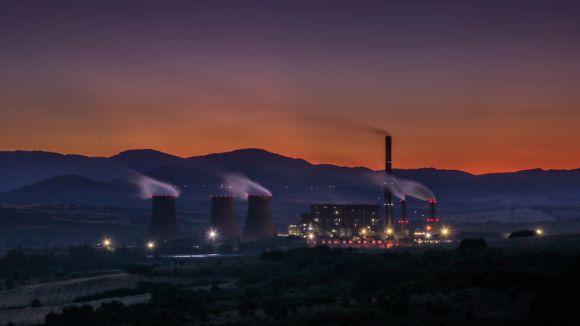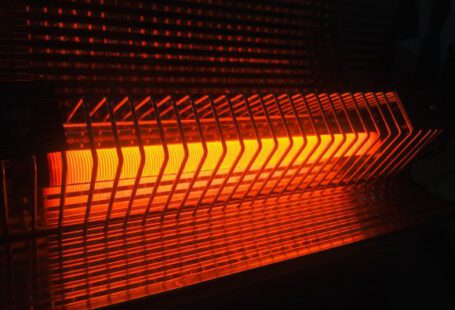The earth is a source of abundant energy, and one of the most exciting forms of renewable energy is geothermal energy. This form of energy harnesses the heat stored within the earth to generate electricity and provide heating and cooling for homes and buildings. In this article, we will explore the inception of geothermal energy, its history, and its potential for the future.
A Brief History
The use of geothermal energy dates back thousands of years, with early civilizations utilizing hot springs for bathing and heating. The Romans, for instance, built elaborate bathhouses that used hot springs as a source of warmth and relaxation. However, it wasn’t until the 20th century that geothermal energy began to be harnessed for electricity generation.
The Birth of Geothermal Power Plants
The first geothermal power plant was built in Italy in 1904. Known as the Larderello plant, it used the natural steam from underground hot water reservoirs to generate electricity. This marked the beginning of a new era in energy production, as it demonstrated the potential of geothermal energy as a viable source of power.
Advancements in Technology
Over the years, advancements in technology have significantly improved the efficiency and effectiveness of geothermal power plants. The development of binary cycle power plants, for example, has allowed for the exploitation of lower temperature geothermal resources. These plants use a secondary fluid with a lower boiling point than water, which vaporizes and drives the turbine, thus increasing the overall efficiency of the system.
Geothermal Energy Around the World
Geothermal energy is not limited to a few select regions. It can be found in various parts of the world and has the potential to provide a significant portion of the global energy supply. Iceland, for instance, is known for its extensive use of geothermal energy, with over 90% of its homes being heated by geothermal sources. Other countries, such as the United States, the Philippines, and Indonesia, also have significant geothermal resources and have invested in geothermal power plants to meet their energy needs.
Environmental Benefits
One of the most significant advantages of geothermal energy is its minimal environmental impact. Unlike fossil fuel-based power plants, geothermal power plants produce virtually no greenhouse gas emissions. Additionally, geothermal energy does not rely on fuel extraction or transportation, reducing the risk of accidents and spills. Furthermore, geothermal energy is a renewable resource, meaning it will not deplete over time, making it a sustainable and reliable source of power.
Challenges and Future Outlook
While geothermal energy has shown great promise, there are still challenges that need to be overcome for its widespread adoption. One such challenge is the high upfront cost of drilling and installing geothermal power plants. However, as technology continues to advance, these costs are expected to decrease, making geothermal energy more economically viable.
Looking ahead, the future of geothermal energy is bright. With ongoing research and development, the efficiency and effectiveness of geothermal power plants will continue to improve. Additionally, the integration of geothermal energy with other renewable energy sources, such as wind and solar, could further enhance its potential.
Conclusion
Geothermal energy has come a long way since its inception. From the early civilizations that used hot springs for bathing to the development of geothermal power plants, this renewable energy source has proven itself to be a viable and sustainable option for electricity generation and heating. As technology continues to advance and costs decrease, geothermal energy has the potential to play a significant role in our transition to a cleaner and greener future.





